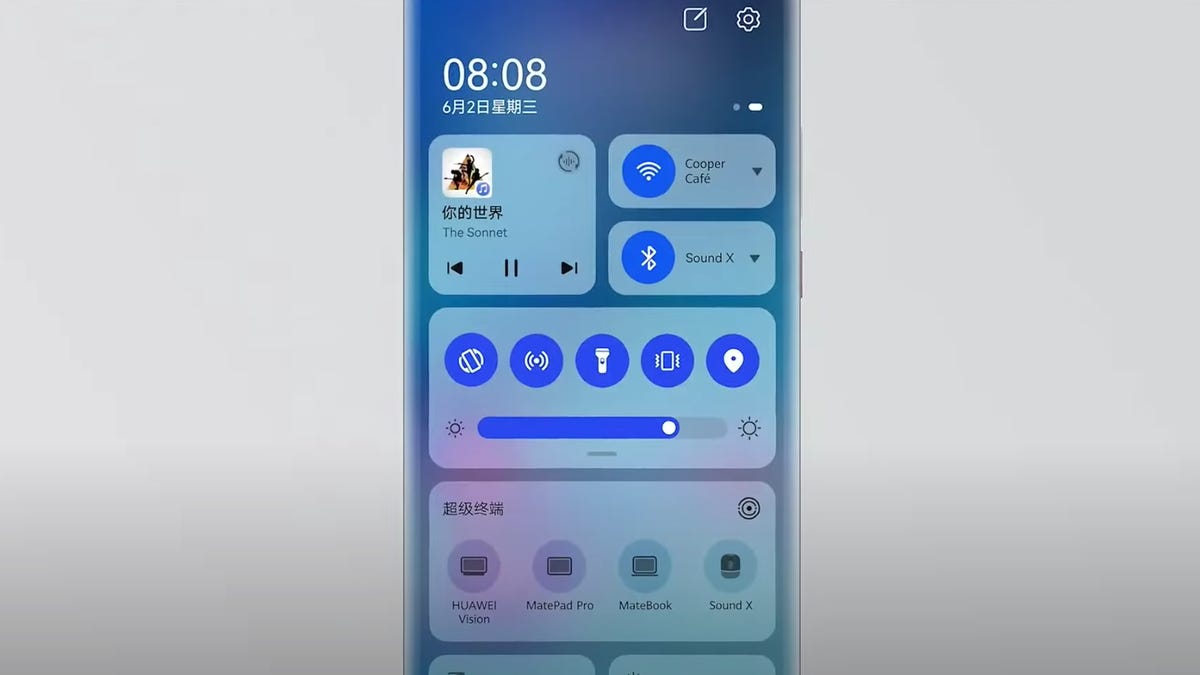Huawei's answer to Google's Android, HarmonyOS, to debut on smartphones
The Harmony operating system is Huawei's biggest move yet to recover from the damage US sanctions inflicted on its mobile business.

Huawei unveiled an updated version of its proprietary operating system, Harmony OS, at its June event.
Huawei held global launch event Wednesday, where it announced a bevy of new hardware products for a global rollout. But the big news is the upgrade to Harmony OS, the software some of those products run on.
Harmony has been around since 2019, but this second-gen version will run on a much broader array of Huawei products for the first time, ranging from smartphones, tablets and smartwatches. It also means the Chinese telecom will no longer need to rely on Android after US sanctions banned Huawei from using American tech products or services.
According to Huawei, Harmony OS is not supposed to be a direct replacement for Android operating system, but one that goes beyond it to power the growing crop of connected devices making their way to our homes.
"No matter how many devices are connected, we want to ensure consumers can use them as easily as if they were using just one device," said Dr. Wang Chenglu, President of Huawei's Consumer Business software.
Huawei teased its upcoming P50 series at the event, but didn't set a launch date "for reasons you are all aware of."
Despite Huawei's grand vision for its proprietary operating system, analysts say the absence of Google services and apps will limit its global potential.
"Huawei did a nice job of polishing HarmonyOS's user interface as well as a creating a connective layer to easily hand off apps and tasks between different types of devices," said Bryan Ma, IDC's Vice President of Device Research in an email to CNET.
"But it still lacks Google services and apps, which means that its potential on smartphones outside of China will be severely limited."
In addition to Harmony OS, Huawei launched several products across a range of categories. These include the MatePadPro, Huawei's iPad Pro rival, and the Watch 3, a premium smartwatch that adds an embedded SIM to allow you to take and make calls without pairing to a phone. Huawei also announced new wireless earbuds called the FreeBuds 4, a stylus pen and a sleek LCD monitor.
Huawei also used the event to tease its upcoming mobile flagship, the P50 series, which will be a HarmonyOS-powered device expected before summer, though it didn't specify a launch date. The company claims it will "lift mobile photography to a new level."

